How do famous people define digital products?
Captain Sparrow:

Simon:

Digital products? They’re like talent show contestants without the awful singing. Most are absolute rubbish, but occasionally you find a real money-maker.
LeBron:

Digital products are like my jump shot — effortless, high-flying, and always getting into the basket. But instead of points, they’re scoring downloads. If you’ve got digital products, you’ll never miss the playoffs.
Elon:
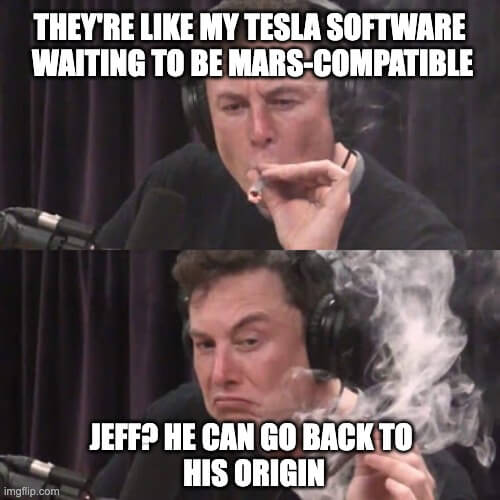
Digital goods are like my Tesla software waiting to be Mars-compatible. When we colonize the red planet, who do you think will be selling the first self-driving car for Martians? Me of course. Jeff doesn’t even know Martians existed lol!
Seriously, what are digital products?
Digital products — also known as digital files — are intangible.
Unlike physical products, you can’t hold them in your hands. There’s no physical form, only digital form.
Digital products are usually downloadable or accessible over the internet.
For downloadables, you give the download link to your customers. They download it on their own.
For online access (usually software), they have an account they can log in with their username and password.
Recently, the term “creator economy” has gained buzz because of the rising popularity of more people wanting to become digital product creators — or digital creators, for short.
When entering the creator economy, choosing the right platform is crucial – understanding platform security considerations can save you money while protecting your intellectual property.”
Not everyone deserves to be your customer
If you plan to run a digital product business, I’ve got a suggestion:
Some people are just not worth having as customers.
Like how this poor soul was bombarded by Karens demanding physical items for digital products:
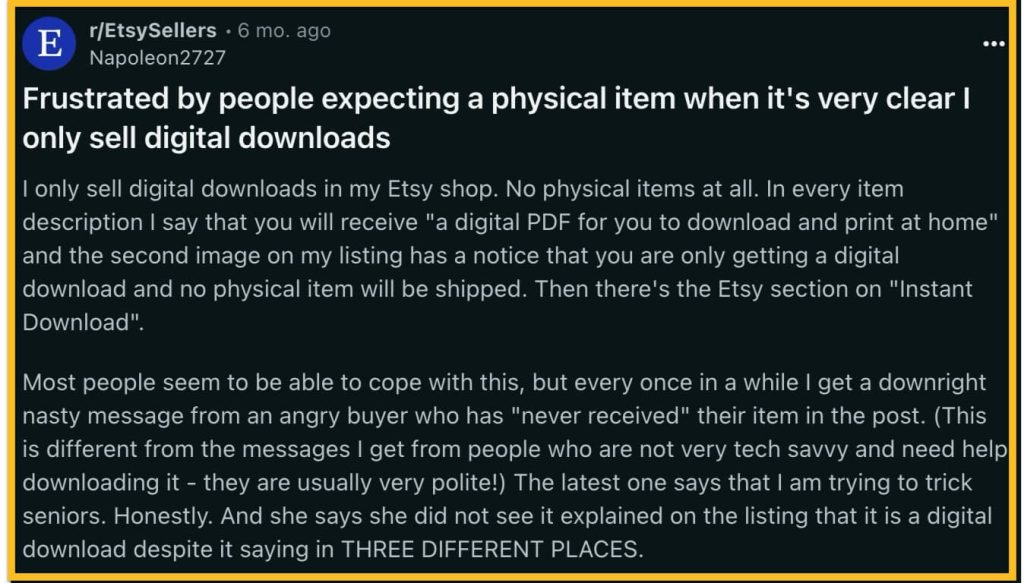
Can you imagine selling a digital download, and suddenly you’ve got a wild Karen on your hands?
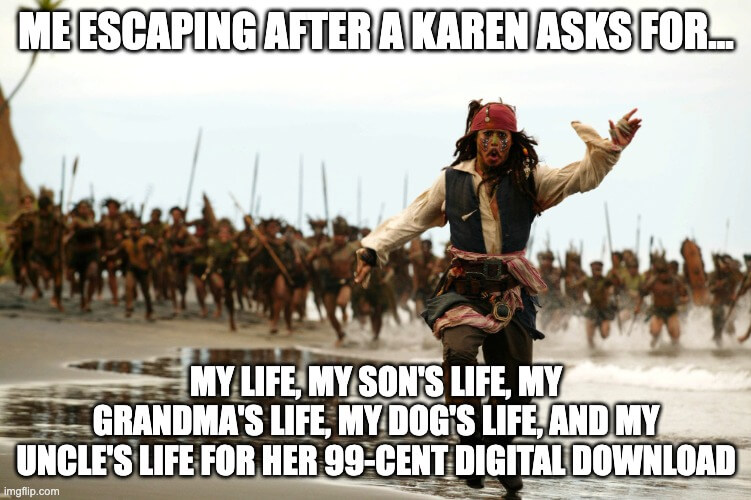
So count your lucky stars when those nightmare customers pass you by. It’s a (super) blessing in disguise.
Focus on serving good, ideal customers. Let the Karens and Kens of the world go bother someone else.
Your sanity (and your uncle Bob) will thank you.
Also… we’re not going to get rich overnight, regardless if we’re selling digital or physical products. Sorry captain, but that’s not how it works.
Building a successful business takes:
- Hard work (no shortcuts)
- Dedication (even when you want to throw in the towel)
- Commitment (show up EVERY. SINGLE. DAY.)
- Expertise in your field (you gotta know your shyt)
With that out of the way, this article is for course creators, coaches, consultants, experts, agencies, and service providers who want to create digital products or downloadables.
Digital product ideas, types, and examples
There are many types of products you can create in digital form.
Here are some popular options with high market potential:
1/ Ebooks, PDFs
These are books, reports, documents in digital format.
Example: My Email Profits Machine
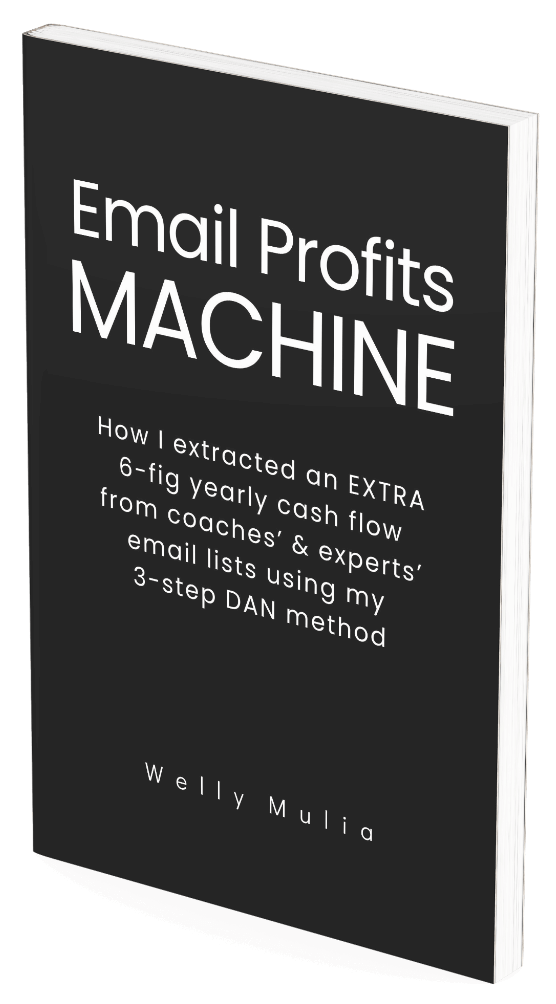
2/ Templates
Templates and swipe files save people time and energy. Folks can simply use them to plug and play.
Some common templates and swipe files are: content templates, swipe files of the most persuasive words in copywriting, content idea templates, design templates, video templates, etc.
Example #1: Abandoned cart email templates
Example #2: Ideas Vault template
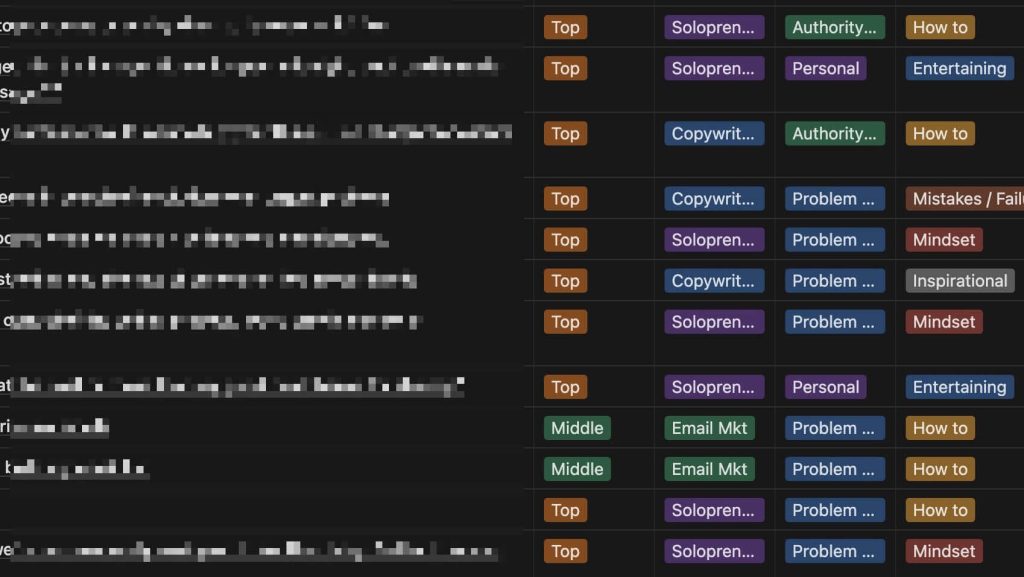
3/ Checklists
Checklists help folks remember what needs to be done to successfully complete their goals.
The “what” are the items/steps on the checklist. Missing just one item or step can mean not hitting the goal.
Example #1: A pilot’s flight checklist

Can you imagine if pilots relied on their memory alone instead of a checklist?
Example #2: A morning routine checklist (say you’re a productivity coach):

4/ One-pager
This is a summary of the most important information crammed into a 1-page document. The idea is for people to access the most crucial data quickly without going through the entire document or video.
Example: A healthy diet one-pager
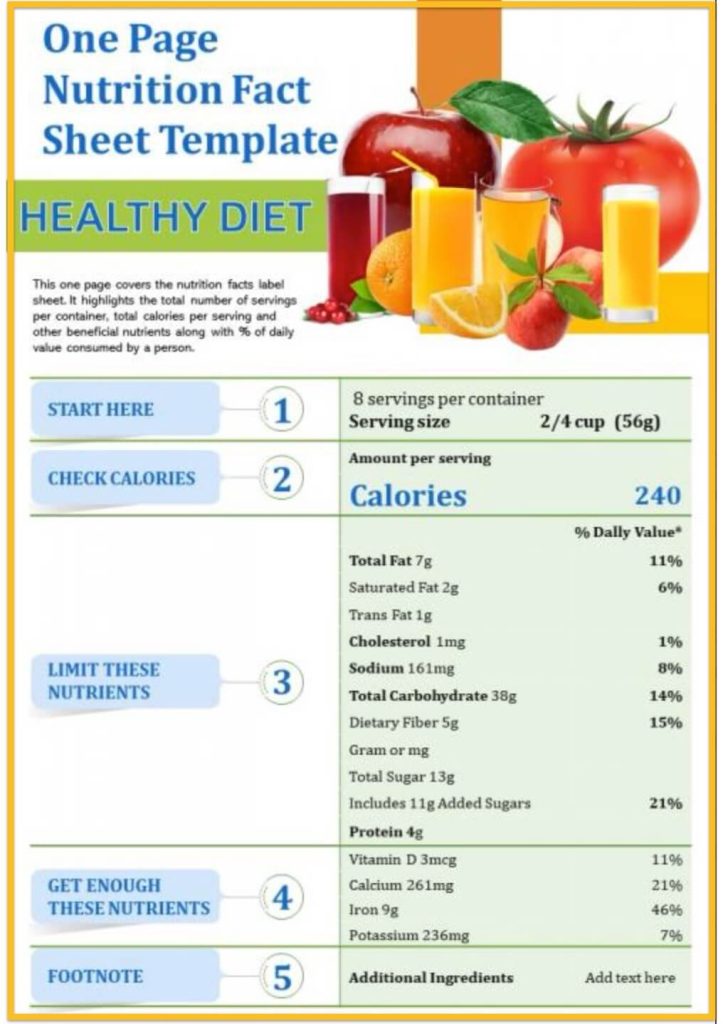
5/ Digital arts & graphics
This is useful when you need design elements or graphics quickly without spending time to design them or learning design skills.
Example:
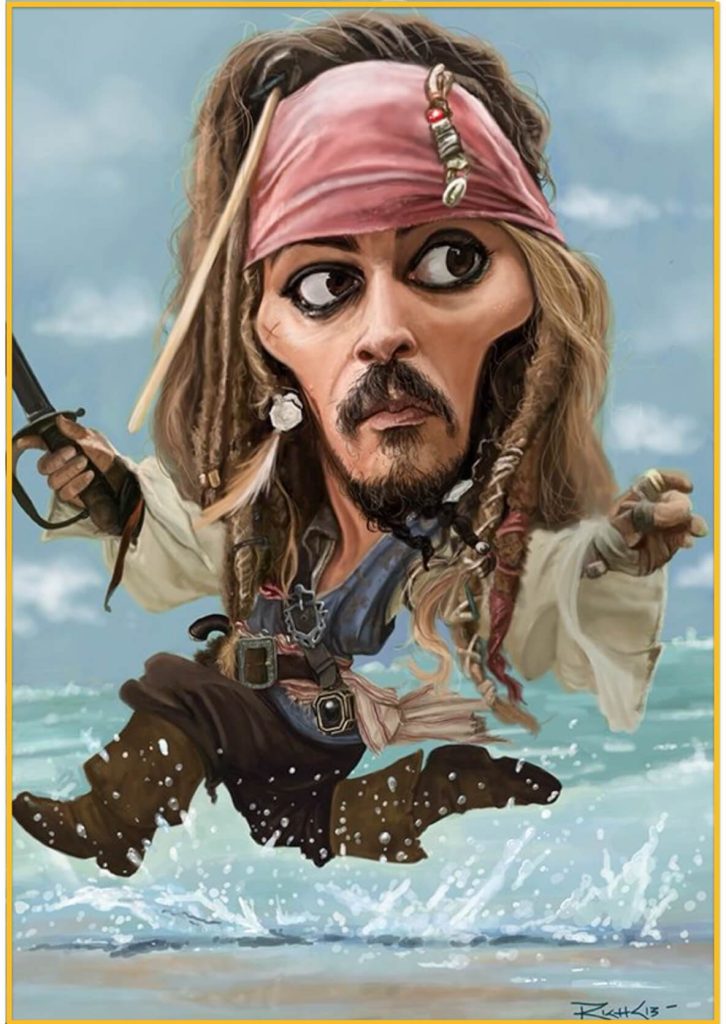
6/ Online courses, coaching, masterminds
If you have expertise in a certain field, why not package up your knowledge and experience into courses? Or provide coaching? Or facilitate masterminds?
This way, folks can quickly get up to speed with solving their problems and acquiring the skill sets they want to have.
Online courses, coaching, and masterminds are usually delivered via text, audio, video, and/or a combination of each.
Example: My Rapid Email Sales Challenge course delivered via emails:

7/ Software/apps/tools
These days, there’s no chance to run a thriving online business without software.
Software like Zoom, Slack, Google Docs, Microsoft Word, Gmail, Canva, etc.
Or even a simple LinkedIn Post Preview Tool/Generator.
Here are 2 more examples:
Example #1: CartMango — fast checkout/cart software for course creators and coaches (this very site you’re on)
Example #2: BirdSend — a simple, affordable email marketing tool for course creators and coaches

Don’t make this hugeee mistake when selling digital items
A common marketing strategy when selling digital products is to give away another digital product for free.
To get the free version, people need to give us their email address.
Make sure the free version whets your target audience’s appetite. You do that by only giving them a sample of your paid product.
Like when you go to a supermarket…
They stingily give you a small mouth-watering bite of that chicken nugget. Once that little piece makes you salivate, you can’t resist not buying the entire pack.
The same strategy applies for your free digital product.
Don’t give away the entire farm. Whet their appetite so they want more. And to get more, they’d have to buy your paid digital product.

6 benefits of a digital product business model
1/ High profit margin
It costs little to no money to create a digital product. Yet your profits margins can be close to 100%.
You do need expertise in your field to create a USEFUL digital product that solves your target audience’s pain points and problems.
You also need to invest time in “transferring” what you have in your head into the digital product — whether it’s a course, ebook, template, checklist, software program, etc.
The cost of producing a digital product is basically “your brain”.

2/ Can quickly multiply
After the initial energy and time invested in creating the digital item, you can quickly create 10s, 100s, or 1000s of copies “outta thin air”.
Unlike physical products, there isn’t any hard costs in mass producing copies of your digital products.
3/ Can easily update
Updating and improving an existing digital product is easy too compared to a physical product.
For “knowledge-based” digital products like ebooks, templates, checklists…
Or self-hosted software applications like WordPress plugins…
- You simply “edit” the current version to make it better
- Then upload the new version
- Finally, customers can download it
For SaaS (software as a service)…
It’s just a matter of pushing the updates to the platform to boost the satisfaction and user experience of your customer.
4/ Reach anyone anywhere
Anyone in the world can buy or access your digital product as long as they have an internet connection.
No matter if it’s 4am or 4pm, whether you (the seller) are taking a dump or they (the customers) are on the go…
You can still sell your digital product and they can still access it immediately.

5/ No inventories
This means your cash is not “stuck” in producing inventories.
- No more missing production estimates
- No more burning money because of overproduction
- No more storage costs
6/ No shipping costs
Save a boatload of money by not having to ship anything.
Customers can simply “click to download the product” or “log in with their credentials to access it”.
Plus, you save all the troubles typically associated with shipping physical goods, such as:
- Lost packages
- Shipping delays
- Damaged goods
- Shipping insurance
- Dealing with shipping carriers
- Handling returns & exchanges
- Customs and international shipping complications
What topic should my digital product cover?
Pains ≠ Problems
The very first thing we need to understand is: pain is not the same as problem.
Pain is situational:
- I can’t X
- I don’t have X
- I don’t have time for X
“Problem” is the underlying root cause that leads to “pain”.
Here are a few examples:
Pain vs Problem example #1:
Pain: I have 0 confidence going out on a date
Problem: My face is full of pimples
Pain vs Problem example #2:
Pain: No one buys my course
Problem: Nobody sees my sales page
Pain vs Problem example #3:
Pain: I can’t fit into this pair of jeans
Problem: I keep eating oily food

Create digital products to solve PROBLEMS (not pains)
Many folks can describe their pain, but not necessarily their problem.
It’s our job to show them what their REAL PROBLEM is…
→ so they can solve their problem
→ and hence overcome their pain (situation)
In case you didn’t notice, pain is generic while problem is specific. It’s tough to solve the problem of “no one buys my course”, so we have pinpoint exactly why.
For example, there are various PROBLEMS for the “no one buys my course” pain:
- Poor sales copy
- Not enough traffic
- Traffic is not targeted
- Audience and offer mismatch
- Etc
Create your digital product to solve ONE specific problem
Instead of creating a course/digital product on how to solve all the problems…
Create ONE for each SIMILAR problem.
For example:
- “Not enough traffic” and “traffic is not targeted” is similar → Create a course on how to drive targeted traffic
- Poor sales copy → How to write sales copy that converts
- Audience and offer mismatch → How to create an irresistible offer
- My face is full of pimples → Clear your pimples in 3 steps with natural remedies… so your face becomes smooth as silk
- I keep eating oily food → How to stay fit & healthy without sacrificing your favorite food
How to actually create your digital product
Now that you know your product topic, the next step is to actually create it. Thanks to “point and click” tools (hardware and software) at our disposal, you don’t need much technical skills to get started.
Here are your software options:
- Ebooks, PDFs, checklists, one-pagers
- Use Google Docs, Microsoft Word, or Notion to type → then convert it to PDF
- Templates, checklists
- Use Google Docs, Google Sheets, Microsoft Word, Microsoft Excel, Notion, or Canva
- Digital arts & graphics
- Use Canva templates, pre-made graphic design templates, etc.
- Online courses, coaching, mastermind These usually involve a combination of text, audio, and video. Whenever you can, use built-in software that come with your computer to record the audio and video. Unless you’re trying to produce studio-grade quality multimedia, they’re good enough.
- If you use a Windows computer, try these:
- Microsoft Photos for images/picturesVoice Recorder for audioClipchamp for video
- Preview for images/picturesQuickTime for audio + video recording and editing. For more advanced needs, use GarageBand for audio, and iMovie for videos
- If you use a Windows computer, try these:
Here are your hardware options:
For recording selfie videos, use your mobile phone.
If you plan to screencast (i.e. record your computer screen) together with your “talking head”, use your computer’s built-in webcam if it supports HD.
Otherwise, get a good and affordable HD webcam. I’ve used Logitech’s webcams in the past and recommend them.
How to market your digital product
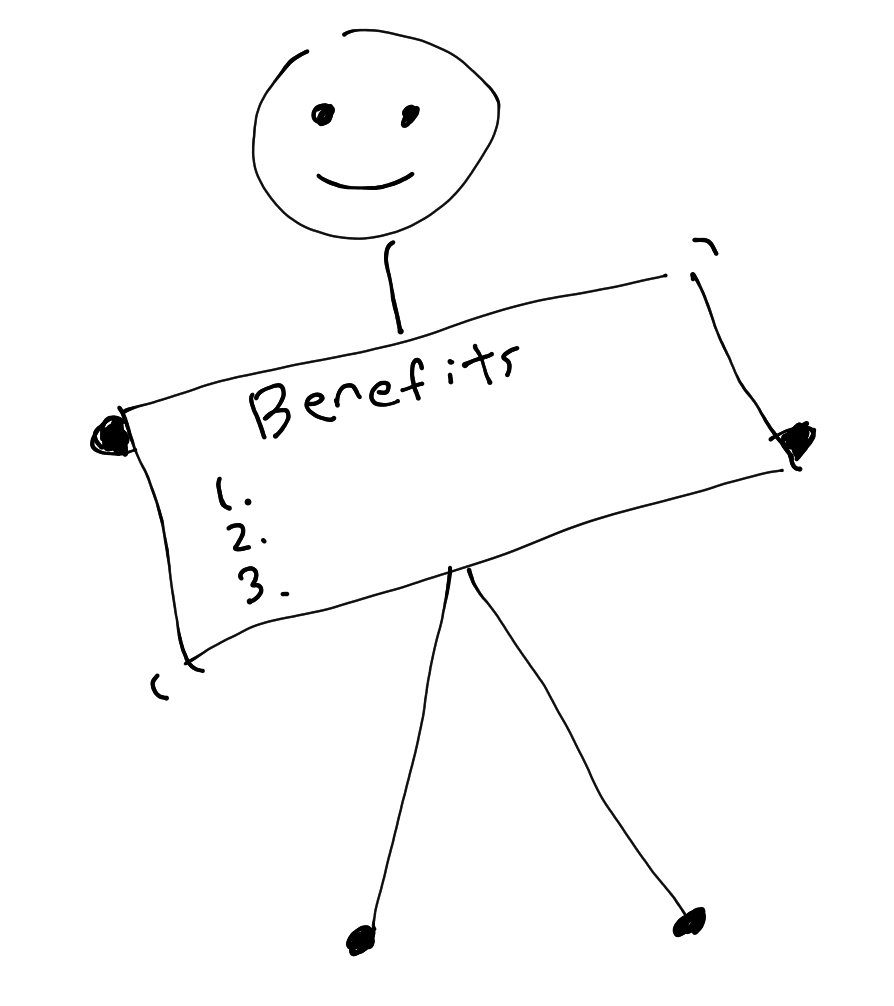
One of the best ways to sell without looking like selling is to use content marketing. This means creating useful and relevant content for free for our target audience.
The idea is that a portion of folks who consume our content will buy our paid offers.
Before you implement this “content marketing” method though, understand these:
1/ Specific target audience
We briefly talked about target audience in the “Pains vs Problems” section.
Let’s expand on it more.
Focus on creating your digital product for a specific target audience. Ignore the rest. There’s no need to be afraid of alienating folks who aren’t your target audience.
Example:
A/ Healthy cooking recipes for vegans
vs
B/ Cooking recipes
Target audience for A:
Health-conscious vegans. Not the general vegan crowd. Definitely not for folks who eat meat.
Target audience for B:
Everyone interested in preparing food.
It’s so much easier to craft your message for A than B.
2/ Be polarizing
Have spiky opinions and say them out loud with your chest.
No matter how good a job you’ve done, there’ll always be haters. I like to think that if we don’t have haters, we’re doing something wrong.
If we don’t have haters, we’re “playing it safe”. We’re always trying to “fit in”.
The bad news is that fitting in makes it tough for us to get noticed. We’re bland. We’re boring.
Who cares if some people get offended? They won’t buy from us anyway.
We’re also not here to be likable. Neither are we running a charity organization.
We’re here to run a thriving business, yes?
3/ Show before/after
We’ve all heard the famous saying: “Show, don’t tell”.
There isn’t a better time to put this into action than when showing leads you got what it takes to solve their problems and achieve their goals.
What better way to gain their trust by showing real examples, real results of people you’ve successfully helped?
Example #1: Public speaking consultant
Before: A person standing on stage, looking nervous and struggling to speak, with the audience looking bored
After: The same person confidently speaking on stage like a TED speaker
Example #2: Weight loss expert
Before: A picture of an overweight person looking unhappy
After: A picture of the same person looking fit, joyful, and confident
Example #3: Business coach
Before: A business owner frustrated with low sales
After: The same business owner celebrating a 2X increase in revenue
4/ Build your ASSET
Most people market and sell their offers using social media platforms, SEO, and ads.
It works, sure.
But there’s a huge downside:
You don’t own any of that traffic. It’s temporary. If you get on bad terms with any of these platforms, you lose your traffic overnight.
Just look at these folks:
A/ Leafy Is Here
YouTuber with 4.9 million subscribers, permanently banned and losing his business overnight:
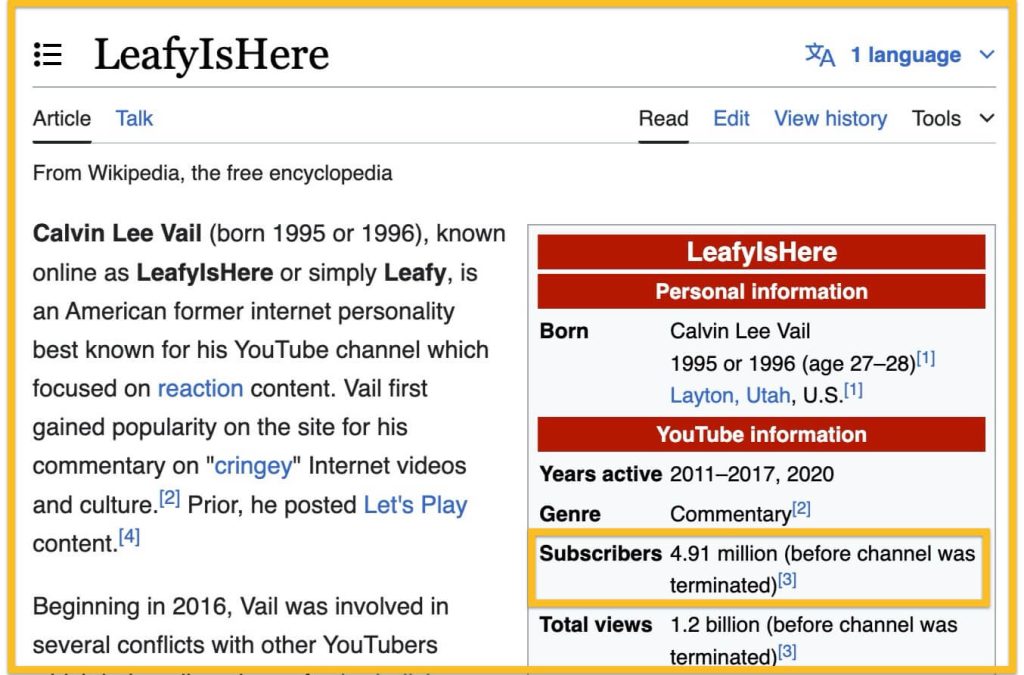
B/ A business spending $15k-$25k daily on Facebook ads suddenly had their account terminated
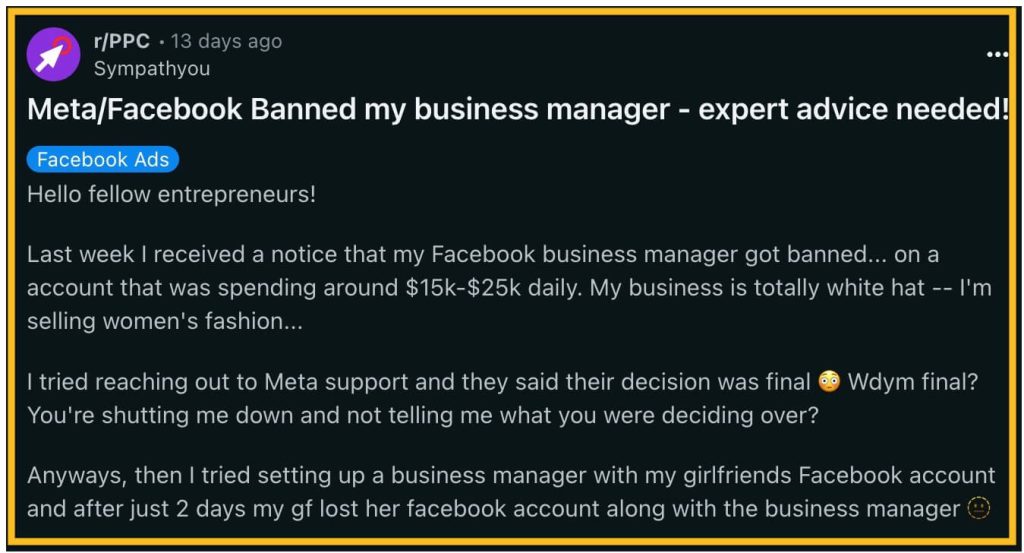
Also… when the only thing you post on social is your sales page link, people will get tired of it.
Plus social algorithms penalize you for external links — they want to keep users on their platforms, remember?
Instead of begging other platforms for traffic, convert some of your website visitors into email list of subscribers.
That way, you’re always in control of your audience. You own them no matter what happens. They become your ASSET.
Regardless if social algorithms dislike you, YouTube bans you, Facebook closes your account, or search engines penalize you…
You’ll always have a way of contacting them to continue to build relationships + sell.
5/ Hands-free marketing
This isn’t a content marketing method per se, but I can’t seem to find a better section in this article to put this method.
For a hands-free approach to marketing, you can sell via AppSumo.
They’re known for software, but you can sell non-software digital products there too.
Yes, they take a commission, but think of it as a “marketing expense” instead of negatively thinking them as “ouchhh they take my money”.
After all, you’re basically not doing anything on the marketing part. Be thankful you’re reaching a new audience you wouldn’t otherwise have had.
How to sell your digital product
When you’ve done the marketing to convince people to buy, use a tool or software to:
A/ Boost sales
- Use order bumps, upsells/downsells, and automatically add the customer email address to your email marketing tool to build further relationships and sell more on the backend.
- Send customer appreciation / thank you emails and continue sending them relevant, useful, and entertaining emails that lead to your other offers.
- Recruit affiliates to sell for you so you move more units. Just give them a commission. For digital product sales, 50% commissions are common.
- Track and review stats so you can see how much you make, when, refund rate, who your biggest customers are, segment them, double down on them, etc.
- Last but not least, make sure the entire checkout process is smooth and quick to avoid cart abandonment
B/ Auto fulfill the purchase
Let tech do the work for you 24/7/365 so you can sleep peacefully and take meaningful vacations with your family without constantly checking which order needs to be fulfilled.
This approach lets you maximize sales without being hands-on all the time. We let tech/robot do the heavy lifting for us.
And the best thing? Robots never sleep. They never complain. And they (almost) always delivers because unlike humans… they don’t let emotions affect their work.
CartMango — the site you’re on now — will eventually be able to do all the above.
Challenges to digital products
1/ Overcrowded
The digital product space is more crowded than a free buffet at Gordons Ramsay’s Michelin-starred restaurants.
What does this mean?
It means if your offer (product) doesn’t “pop”, nobody is going to want it.
Here are 6 tips to make sure it doesn’t happen:
A/ Point of difference
There are countless digital products out there.
Simply creating another digital product won’t cut it. What makes yours different from others? Why should people choose yours?
B/ Be entertaining
Your digital product doesn’t always have to better. Since most products aren’t entertaining (they only deliver the material in a “factual, boring kinda way”…
Just by injecting your personality, controversial opinions, and philosophy can make your content more entertaining.
After all, we’re dealing with humans, not robots.
Here’s an example of a personality-infused email from yours truly:
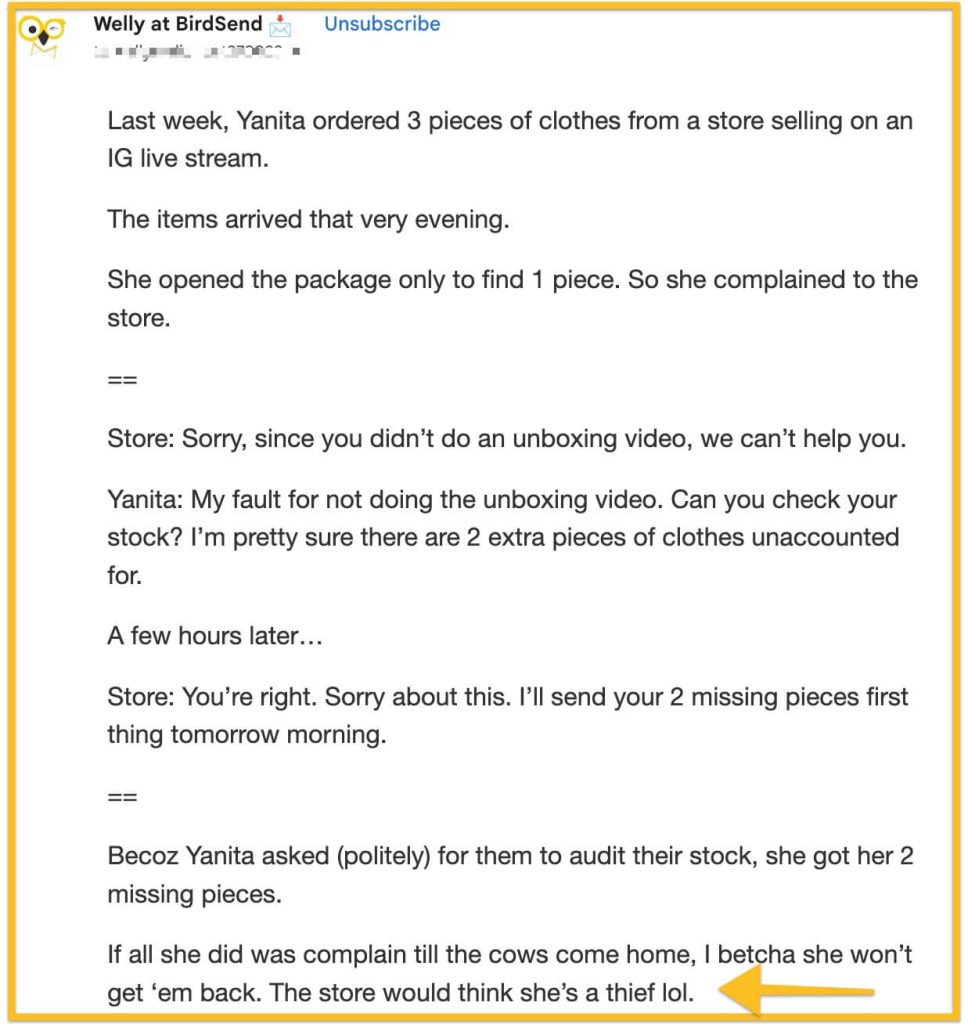
C/ Cheaper
Price it more affordable than your competitors, but don’t undervalue yourself.
D/ Faster to consume/implement
Make it easy for people to digest and apply your strategies, tactics, and framework.
E/ Faster results
Show them how your product gets them from A to Z faster than all the options in the market.
F/ More complete
Cover all the bases. Leave no stone unturned. Make your stuff more detailed and complete than everyone else’s.
2/ Piracy
While we can’t stop piracy 100%, we can make it harder for thieves to steal our work:
- Use tools that check if someone has actually bought your product before giving access. CartMango does this out of the box.
- Watermark your content
- Drip-feed your content instead of giving it all at once
Remember, most people are honest. Focus on serving them, not chasing the few bad apples.
3/ Building trust
With so many scams and over-promised, under-delivered products, folks are warier than ever.
Here’s how to win their trust:
- Be honest about who your product ISN’T for. Be upfront and tell people when it’s not a good fit. It’s weird (in a good way) and builds mad respect. The next time you do have an offer that’s a good fit for them, they’ll trust you and buy.
- Nurture via email. Stay in touch with content that’s:
- A/ Relevant: If they signed up for blogging tips, don’t send them fishing advice.
- B/ Entertaining: Show your human side. Make them chuckle. Be relatable.
- C/ Useful: Give practical tips they can apply right away for quick wins.
- Break complex stuff into bite-sized chunks. Take it step by step.
Here’s the bottom line:
Selling digital products isn’t just about the product.
It’s about YOU. Your personality. Your expertise. Your ability to connect.
So don’t just sell a product. Sell an experience. Sell transformation. Sell YOU.
Success stories
Case study #1: $100 to $125,000
Pankaj Singh started UrbanPLR — a platform that has sold 85,000+ PLR (Private Label Rights) digital products.
He launched it with just $100 in his pocket and he:
- Leveraged AppSumo as his digital marketing partner
- Learned from each setback
- Used customer feedback to continuously improve the product
Though the business closed up shop in 2023… $100 to $125,000 is still a return of 1,250X!
Case study #2: $20K/month selling Notion templates
Modest Mitkus started PathPages (formerly NotionWay) in 2023 — during the pandemic.
He has sold his productivity-boosting Notion templates to over 120,000 customers.
He:
- Marketed his offers on Gumroad, Facebook, and Reddit
- Built in public (shared how he built the product and the challenges that came with it)
- Priced his products accessibly
- Used social proof to drive growth
Case study #3: $3.4 million in digital course sales
Justin Welsh is a solopreneur coach helping individuals build successful one-person businesses.
He serves internet solopreneurs seeking independence and flexibility.
He offers courses like Creator MBA, LinkedIn OS, and Content OS to grow audiences, develop profitable online course ideas, and monetize knowledge.
He has sold over $3.4 million worth of digital courses.
Here’s how he achieved this feat:
- Build in public
- Price it affordably so people can actually buy it
- Let his happy customers do the talking (social proof = sales become John Wick)
- Give way more than the asking price
- Keep it short and sweet (because nobody has time for 10-hour courses)
Frequently Asked Questions
Can you really make money selling digital products?
As long as your digital product truly helps your audience solve their problems, they’ll buy it.
What’s the best digital product to sell?
There’s no one-size-fits-all answer. It depends on who you’re selling to, what their problems are, and what you’re good at.
Revisit the list I shared above.
What’s the difference between a product and a digital product?
A product is physical item you can hold in your hands. It takes up physical space. For example: phones, food, and furniture.
A digital product is intangible. It’s only available in digital form. For instance: ebooks, PDFs, templates, online courses, software, and coaching services. These can be downloaded or accessed online from anywhere.
What’s the downside to digital products?
Piracy — there will be folks stealing your paid digital products.
But that’s okay because you can’t fully prevent it from happening.
The pros of digital products still outweigh the cons.
How to make money off digital products?
Figure out what your audience is struggling with (that relates to your industry/niche). Then create a digital solution and market the heck out of it. I’ve covered this topic more above.
What about taxes on digital products?
Digital product taxes vary globally. In the US, some states tax digital goods while others don’t.
The EU requires VAT on digital sales based on the customer’s location. Make sure to consult with a tax professional.
How often should I update my digital products?
There’s no hard and fast rule. But if there are new developments to your industry or new findings on your topic, you should update it.
Customers will appreciate you → Higher chance of referring you to their network → More sales.
Can I offer a money-back guarantee on digital products?
Of course. And I highly recommend doing so.
It shows confidence in your product and can lead to higher sales conversions.
How do I handle customer service/support for digital products?
You can ask customers to contact you (or your team) via emails. Answer them promptly for customer satisfaction. If you have a high volume of support questions, put up a FAQ section to save time and energy.
Recap
Digital product businesses can be summed up in 3 points:
- Your brain is the factory…
- The internet is your store…
- And pajamas (or underwear) are your dress code…
And to top it off, if you know what you’re doing…
Building and running a thriving business out of digital products is totally possible, especially when you leverage content marketing as part of your marketing strategy.
According to McKinsey, global spending on digital goods is expected to reach $135 billion in 2024.
The question is: Will you contribute to that number?
PS. Are you a course creator, coach, expert, consultant, agency, or service provider? If yes, CartMango is built especially for you to sell your digital products / downloadables.
Sources
Click to see
- Imgflip for the memes
- People demanding physical items for digital products
- Pilot flight checklist example
- Morning routine checklist example
- Diet one-pager example
- Jack Sparrow art example
- Leafy Is Here banned example
- Facebook account banned example
- Pankaj Singh example
- Modest Mitkus example
- Justin Welsh example
- McKinsey digital product stats
- Affiliate marketing stats
